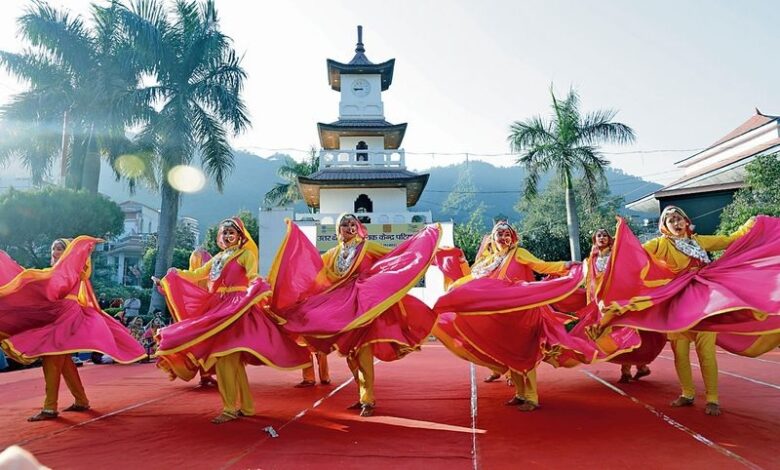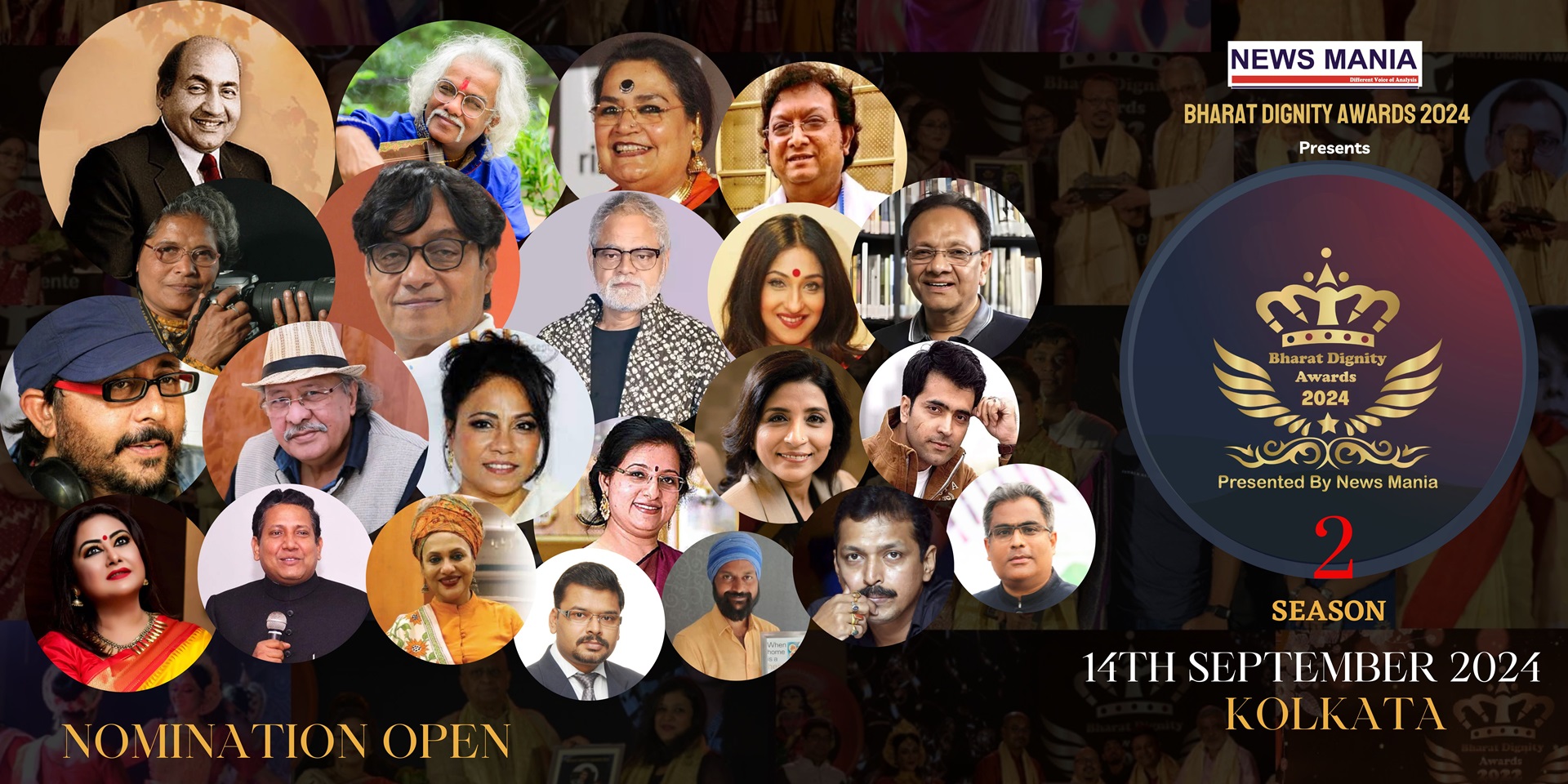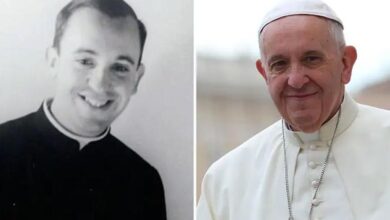Lost in Motion: The Vanishing Art of Folk Dance
News Mania Desk / Piyal Chatterjee / 29th April 2025

With the increasing migration to cities, traditional ways of life and community practices, such as folk dances, are becoming increasingly rare. City environments frequently emphasize contemporary entertainment and lifestyle options rather than traditional cultural practices. The impact of global culture, particularly via media and technology, has resulted in a favoring of modern dance styles and music instead of traditional varieties. Bollywood and Western pop music frequently eclipse local folk dances. Traditional dances are frequently linked to particular communities, ceremonies, and celebrations. As social frameworks change and interactions between communities grow, the importance of these dances might decrease, resulting in a decline of cultural transmission.
On this International Dance day reflecting on some of the traditional dances around the globe might help us get back to the roots we had almost forgotten . Numerous tribal dances are ritualistic, executed to commemorate significant milestones or occurrences in the tribe’s life. Certain tribal dances are utilized for healing or for connecting with the spirit realm. Tribes frequently convey their traditions and culture to future generations through their dances.
The Maasai’s jumping dance, known as Adumu, is believed to have evolved as a way for fighters to prepare for battle and demonstrate their stamina, agility, and power. Today, it is conducted during various special events like weddings, religious ceremonies, and other cultural celebrations. Men and women get ready for the dance by applying decorative designs on their faces and bodies using a red, natural pigment known as ochre, and they adorn themselves with elaborate, vibrant beadwork necklaces and shawls.
Dancers form a circle, and then one by one, they venture into the center, leaping in sync with the rhythm of traditional Maasai songs and chants. Maintaining a straight body is crucial, and heels must not make contact with the ground during jumps, since dancers are evaluated on the elevation and elegance of their leaps. The women also sing and dance; mothers express the bravery of their sons in song, while the girls chant to inspire their beloved warrior.
The Jiacuo Dance of the Mosuos is linked to warfare origins. When foreign nationalities attacked the Mosuo people, the tribal leader ignited a fire at the village’s entrance, inspiring the Mosuo to cheer and dance in support of the soldiers. The Mosuo community joyfully danced around the fire following their triumph, leading to the Jiacuo Dance evolving into a communal entertainment square dance. It is now a celebration through dance for individuals to honor harvests, festivals, and prayer rituals. It also offers a chance for young men and women to discover their perfect match.
In Chinese culture, the dragon represents strength, wealth, and fortune. Individuals utilize it to ward off malevolent spirits and attract wealth. The performers manipulate the poles situated under the large fabric dragon, raising and lowering it in a sequence of wave-like motions, which creates the illusion that the dragon is dancing. The dragon’s movement represents the quest for knowledge, wisdom, and truth.
Dancing dragons can differ in length, and there’s an old belief that the longer the dragon, the greater the luck it will bring. This dance is enhanced by the captivating beat of cymbals, gongs, and traditional Chinese drums. Nowadays, this dance is visible in numerous Chinese New Year celebrations in Chinatowns globally.
Belly dance originating from the Middle East has captivated audiences around the globe. The initial belly dancers were a troupe of itinerant performers referred to as the ghawazee. In the 18th century, these women were regarded as gypsies in Egypt and were expelled from Cairo in the 1830s. They proceeded to perform in southern Egypt, the Middle East, and Europe. The raqs sharqi style of belly dancing started to emerge in the 1900s, incorporating influences from folk dance forms, ballet, Latin dance, and also American marching bands. Subsequently, it became popular in the United States during the 1960s.
Indian folk and tribal dances are straightforward and are executed to convey happiness during seasonal changes, childbirth, weddings, and celebrations. Folk art is the shared heritage of a community or a specific region. The identity of the creators is lost, yet the style is maintained throughout history.
In many instances, dancers perform vocals themselves, supported by musicians with instruments. Every type of Folk Dance features a distinct costume and rhythm, with many costumes being vibrant and adorned with elaborate jewels and patterns. The communities in Arunachal Pradesh are recognized for their celebratory spirits and lively dances. Each festival observed here necessitates showcasing stunning traditional garments, jewelry, songs, and synchronized dances among the tribes of the region. The dances showcased not only enhance the allure of the festivals but also narrate stories of heroic actions that are transmitted orally from generation to generation. The dances also present a clearer representation of their culture to others. The Adi tribe constitutes one of the prominent indigenous communities in Arunachal Pradesh, and they certainly do not fall short when it comes to celebrating festivals with enthusiasm. Here’s a look at the stunning folk dances of the Adis.
In conclusion, the decline of folk dances around the globe reflects broader cultural shifts influenced by modernization, urbanization, and globalization. As younger generations gravitate toward contemporary forms of entertainment, traditional dances risk fading into obscurity. This loss is not merely artistic—it represents a fading connection to ancestral heritage, communal identity, and historical continuity. Preserving folk dances requires proactive efforts: documentation, education, and community engagement. By valuing and revitalizing these traditions, societies can foster cultural diversity and intergenerational bonds. In a rapidly changing world, protecting folk dances is essential for sustaining the rich tapestry of global heritage.






